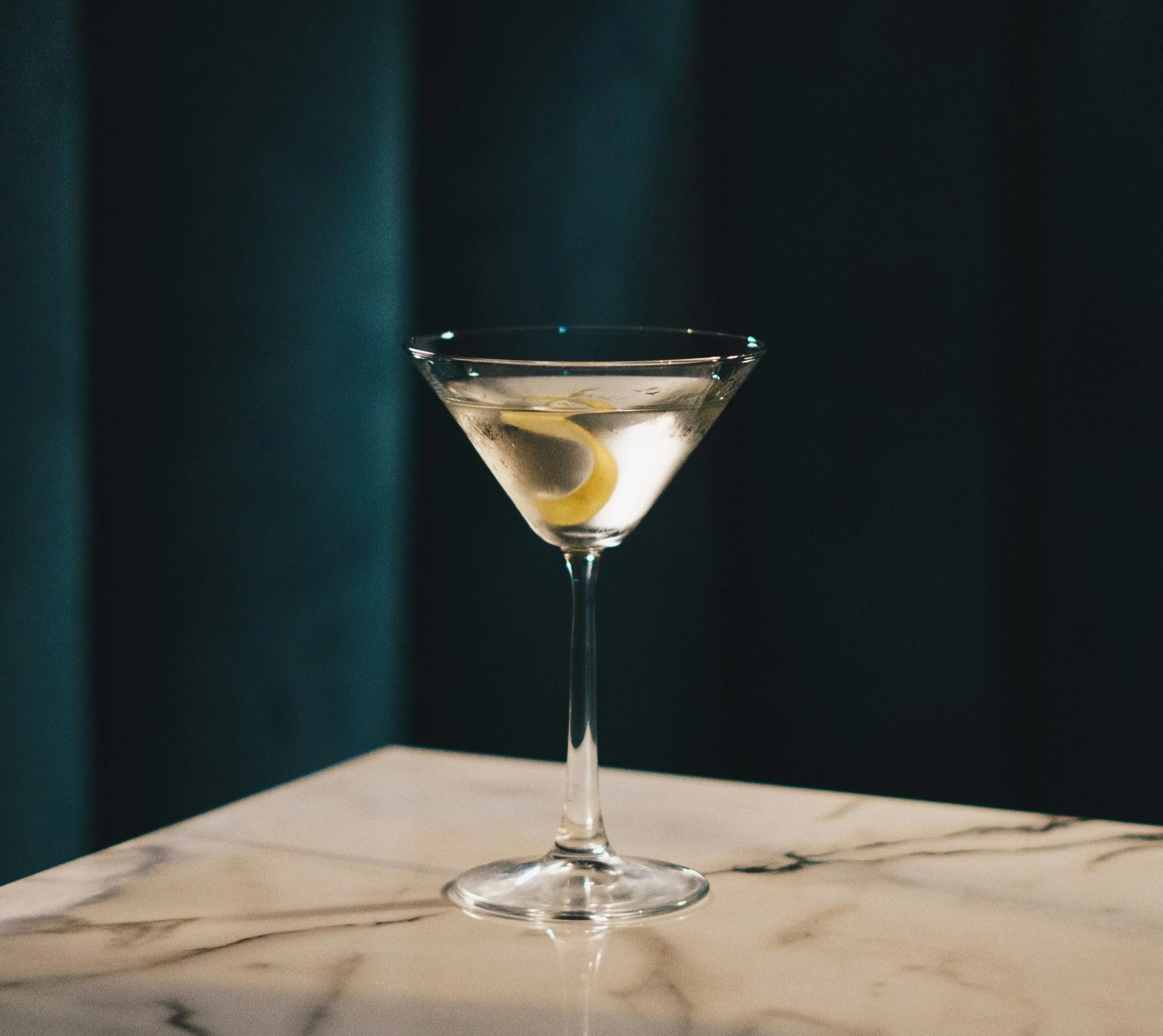Bite-size Behavioral Science
Bite-size Behavioral Science
This is Bite-size Behavioral Science. A little series that shares well-established social-behavioral psychological theories as shortcuts that anyone can use. And if anyone challenges you, just tell ‘em Master Max said so.
Sweat Signals: How the Effort Heuristic Tricks (and Treats) Our Sense of Value
Our brains like simple math: hard work = high worth. If we believe a product took time, skill, or human sweat, we upgrade its value—often automatically and irrationally. That is the Effort Heuristic at work. Let’s look at some real-world brand examples.
Domino’s famous Pizza Tracker walks you through “Kneading,” “Baking,” “Quality Check,” and “Out for Delivery” in real time—except an employee recently spilled on TikTok that many of those steps are pre-timed estimates, not live updates. Customers still feel cared for, and the illusion of craft smooths the wait.
Lush’s “Made by ___” stickers put craftsmanship front and center. Every soap or bath bomb carries a bright round label with the name and smiling face of the employee who mixed, poured, or pressed it, plus the exact “made on” date. That one-second glance tells shoppers a real human—not a faceless machine—labored over their suds, nudging a humble bar of soap into premium-gift territory before it even leaves the shelf.
What about brands that hide the grind so you don’t feel it?
While showing effort can make everyday things feel special, hiding effort can make special things feel effortless. The real trick is deciding which moments deserve a glimpse of the backstage and which are better left pure magic.
Amazon’s cashier-less “Just Walk Out” stores promise effortless grab-and-go shopping. Behind the curtain? A back-office crew of 1,000+ people in India verifies each purchase so the tech looks seamless. In 2024, Amazon even began phasing the system out, proving hidden effort can be expensive to maintain.
Apple’s Express Transit mode takes the opposite tack: it removes all visible steps—no Face ID, no Touch ID, sometimes not even battery power—so a single tap gets you through the subway gate. The invisible choreography of secure chips and tokenized payments is buried beneath a blink-fast “beep.”
How marketers can use this:
Map your moments. Identify where “craft cues” boost perceived value (e.g., prep, packaging) and where speed is the actual benefit.
Stage effort selectively. A dramatized progress bar or hand-finish ritual works when it reassures or delights—overdo it and you risk feeling slow, not premium.
Pressure-test the illusion. If the truth ever leaks (see: Pizza Tracker), make sure customers still feel the promised care.
Hide complexity, not transparency. Invisible effort is fine until it erodes trust or raises ethical flags, especially with emerging AI “black boxes.”
Refresh the ritual. Even hand-dipped wax can lose its charm; revisit whether your effort signal still lands with today’s audience (and regulator).
Bottom line: Effort—real or staged—is a design lever. Pull it when you need to shout “crafted with care,” push it out of view when friction-free feels priceless. Calibrate, don’t automate.
